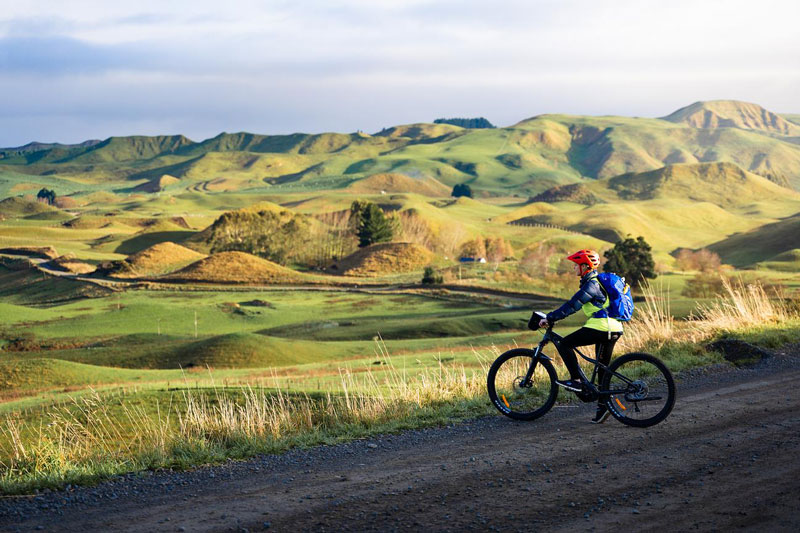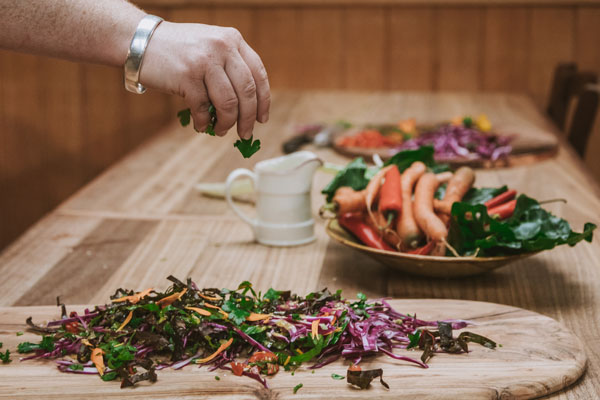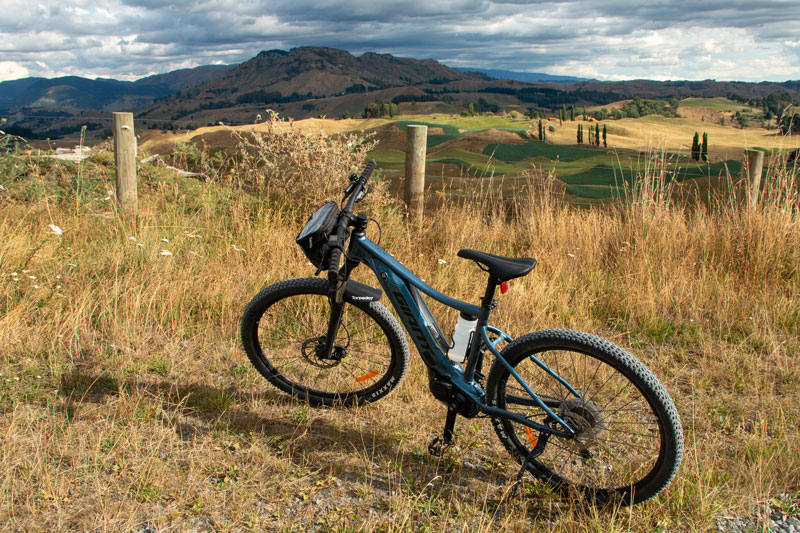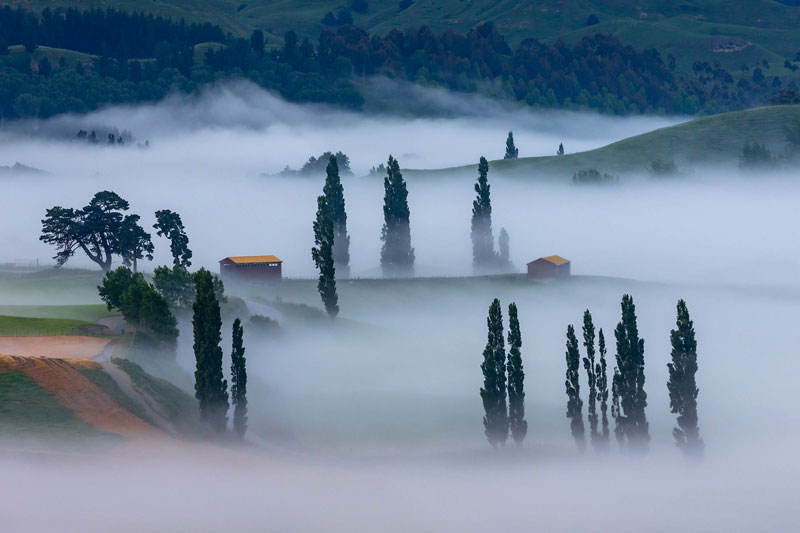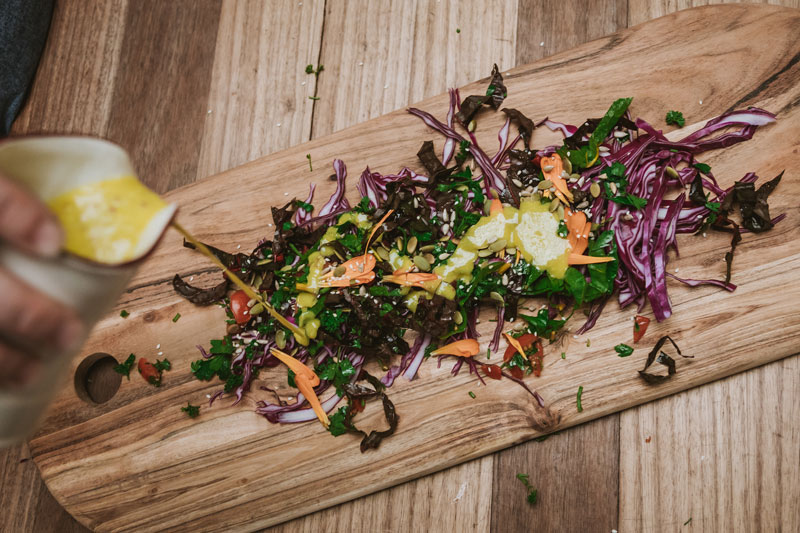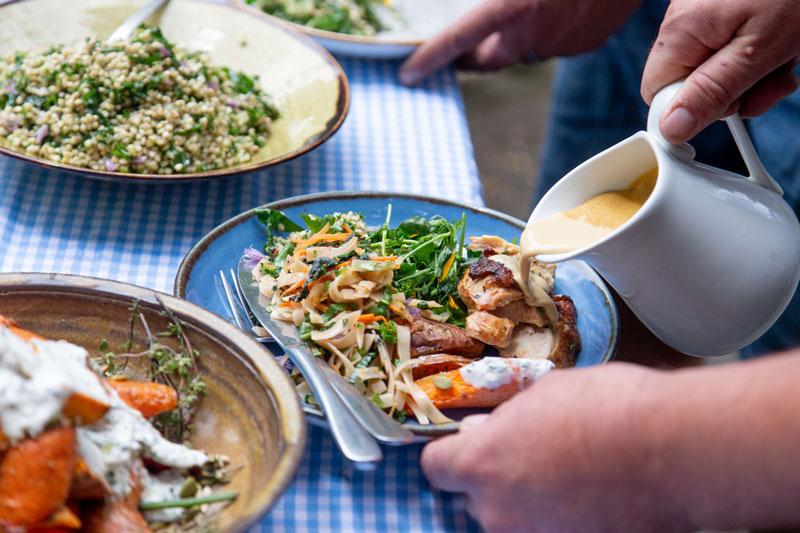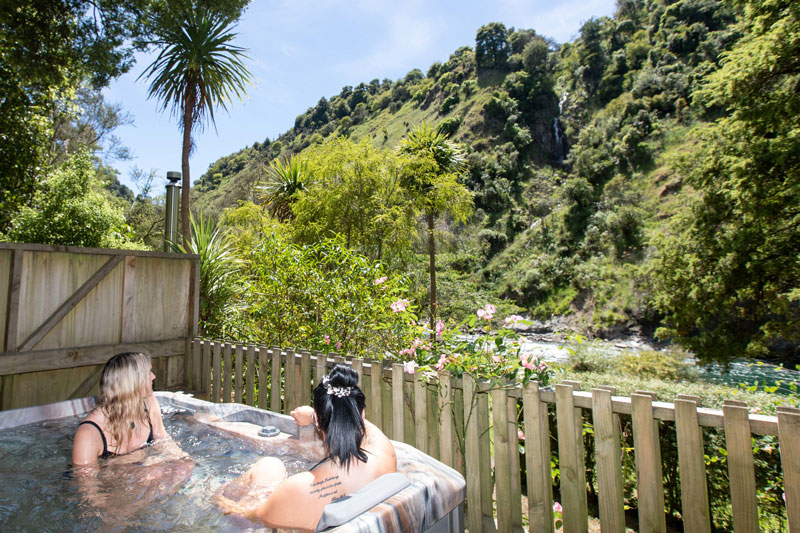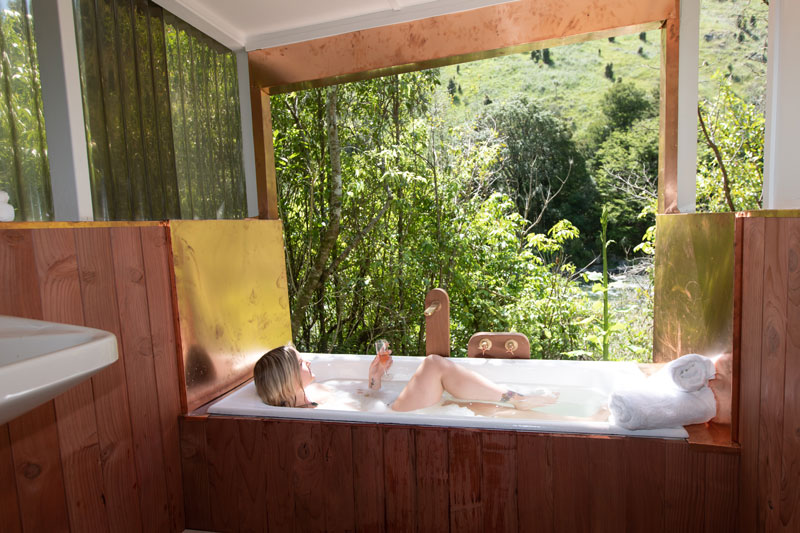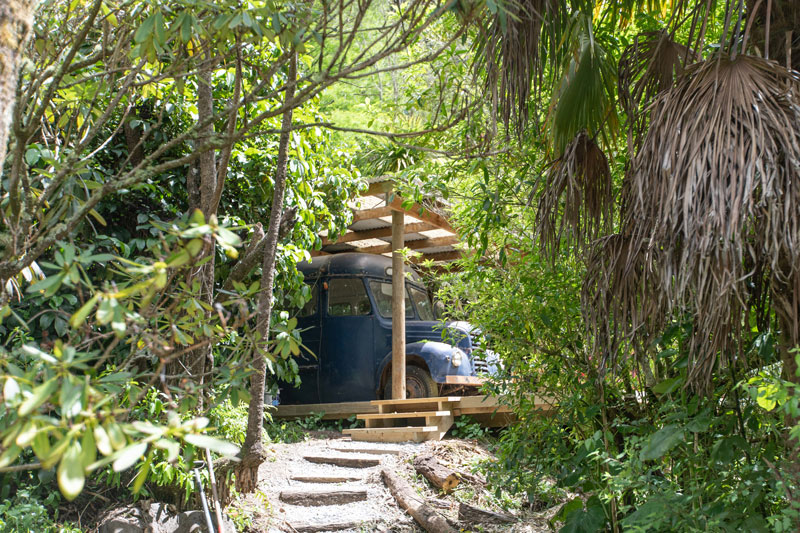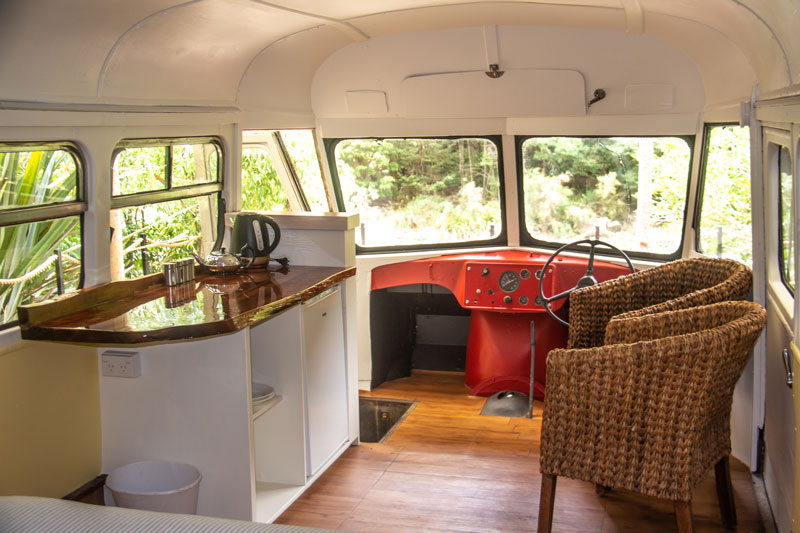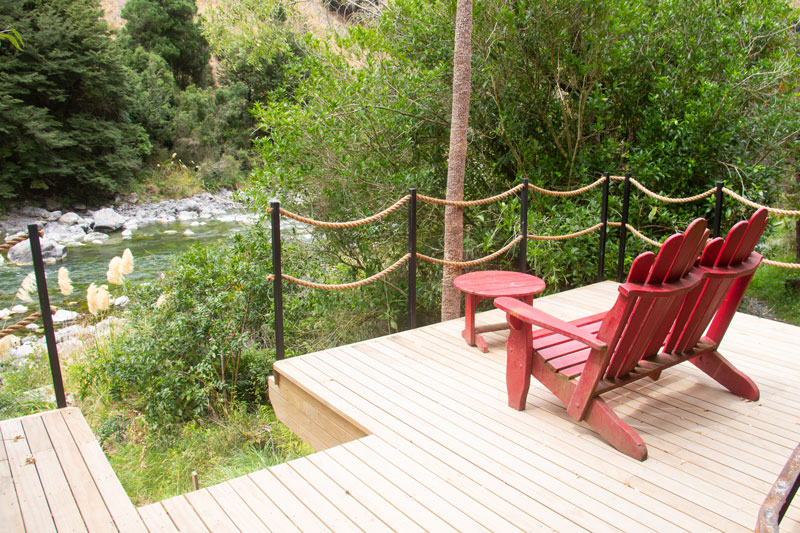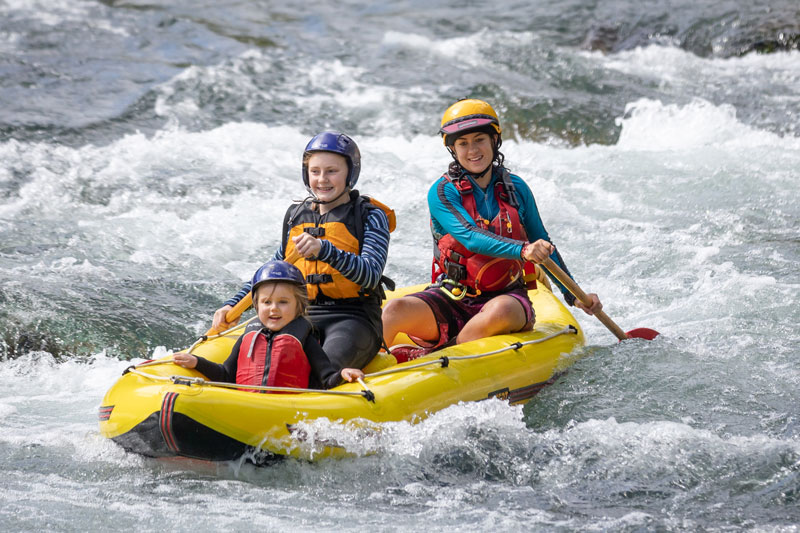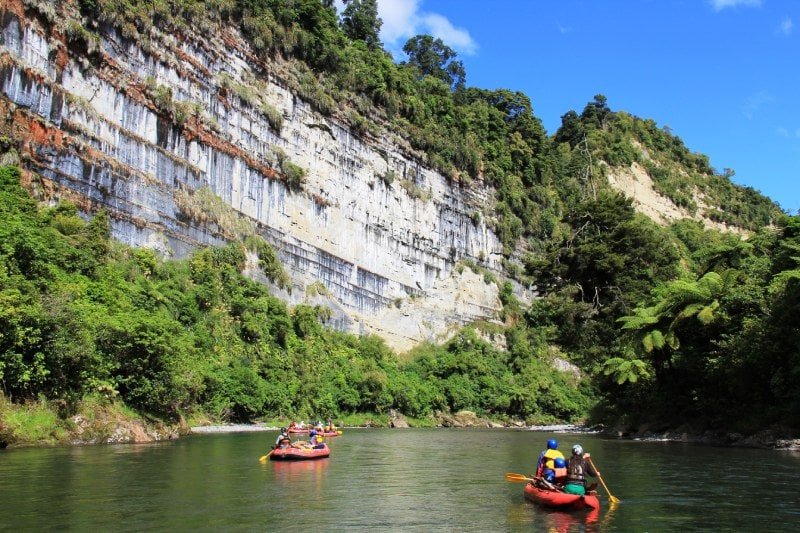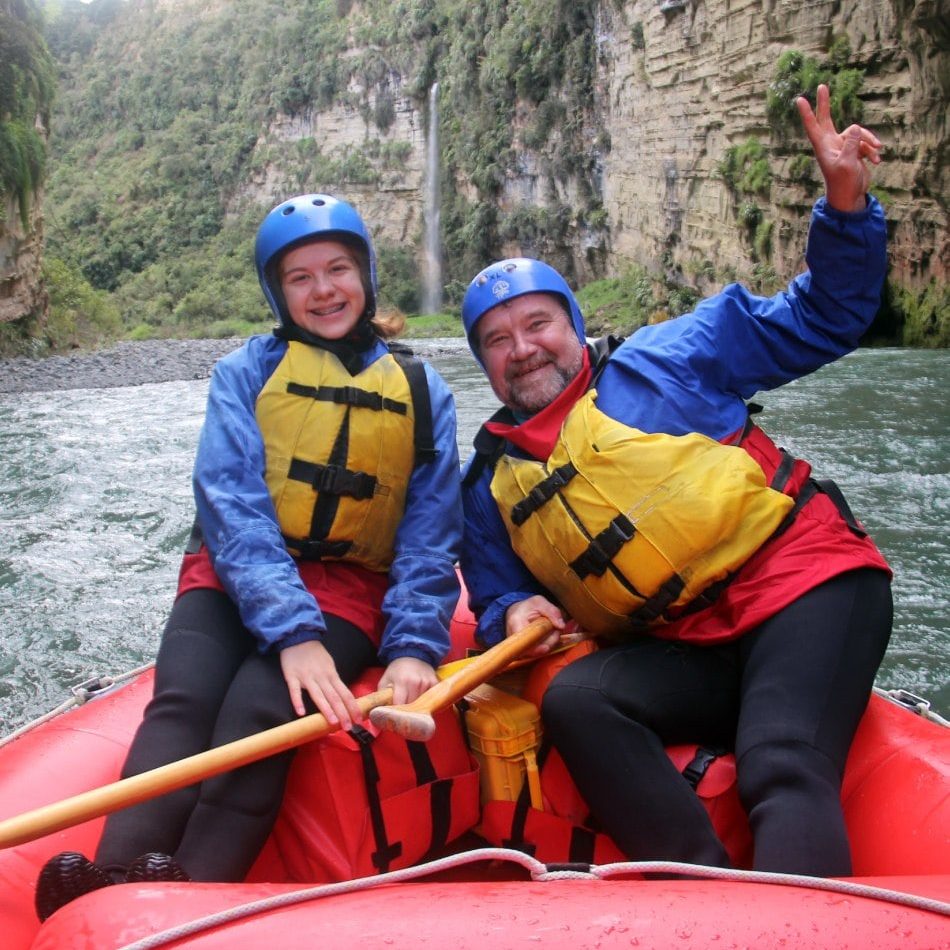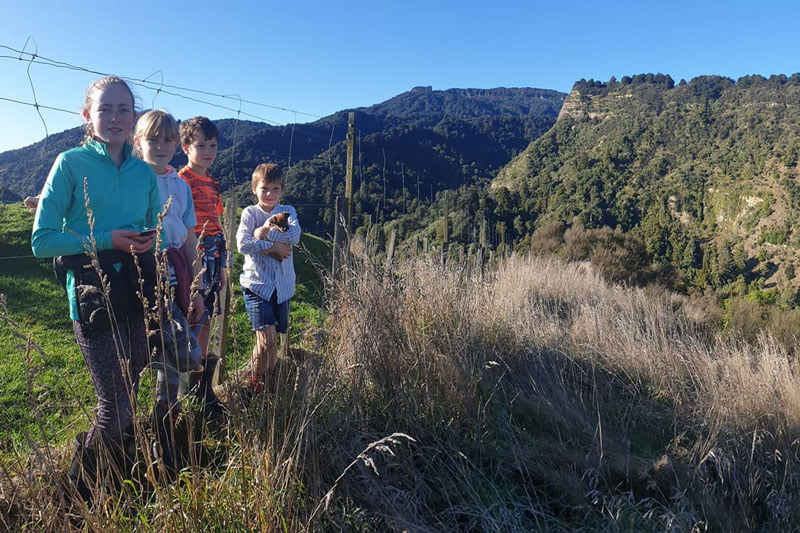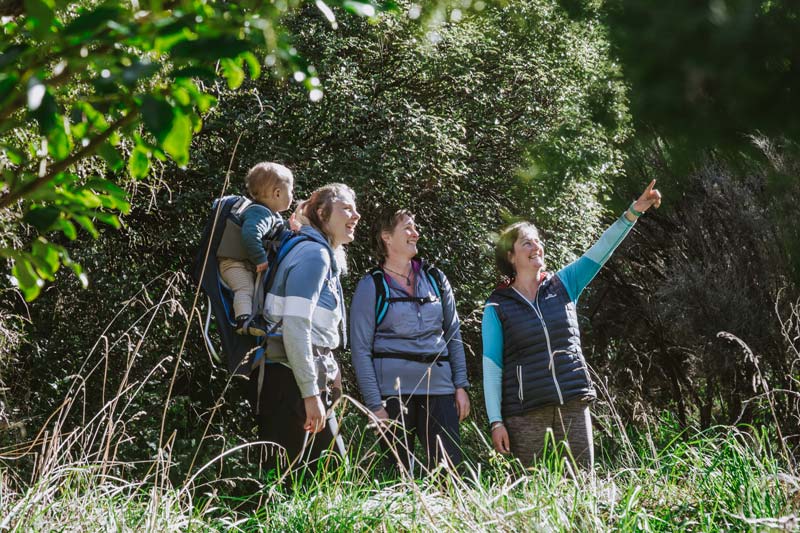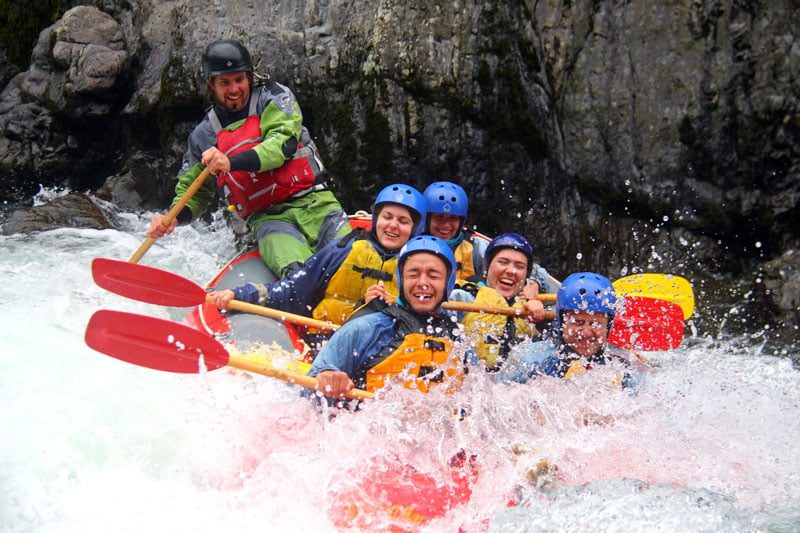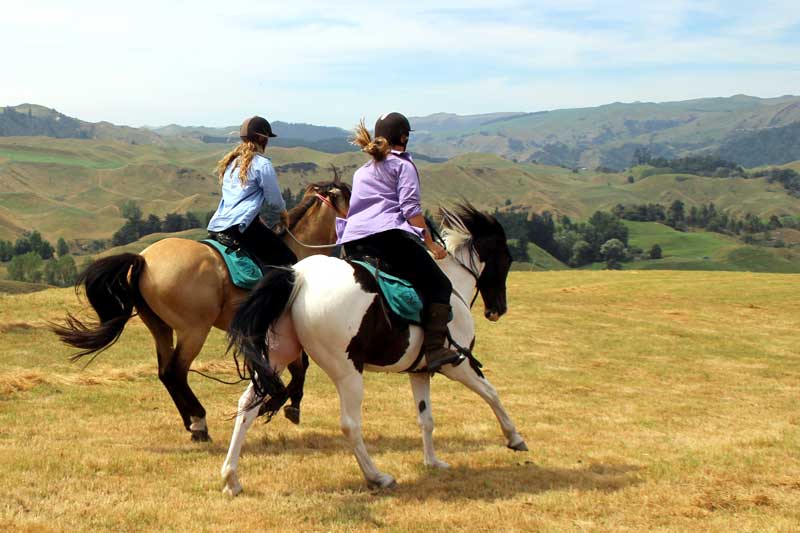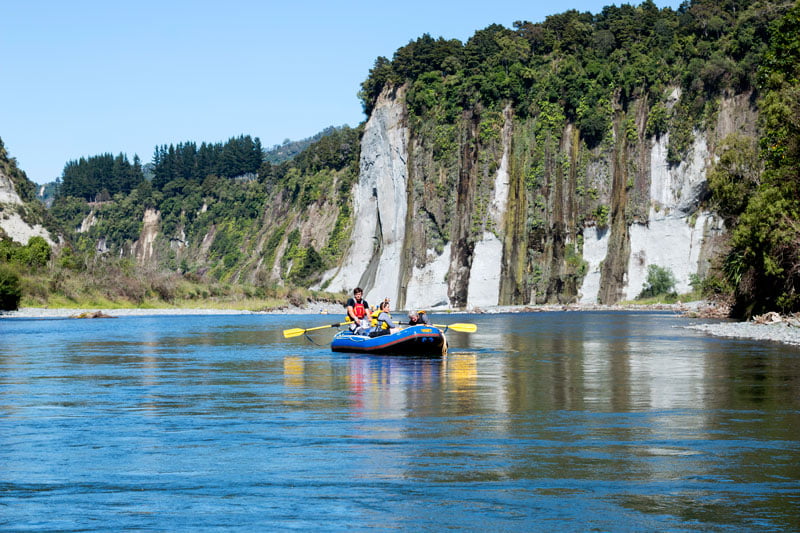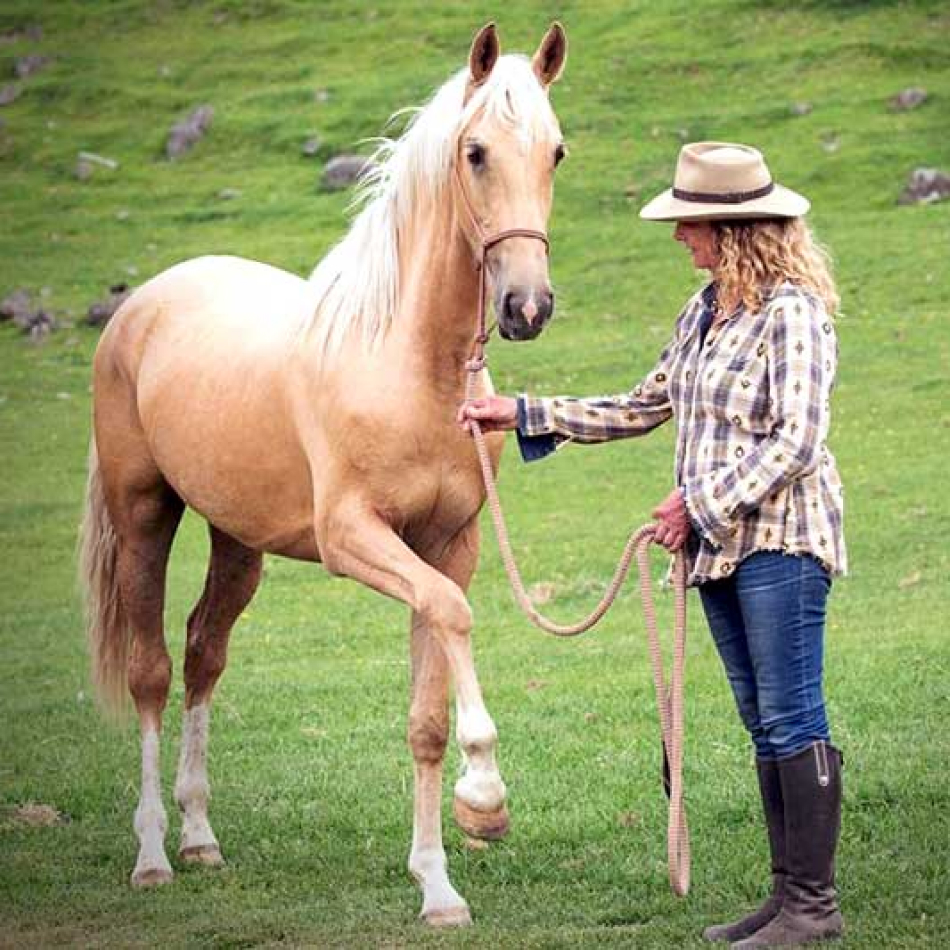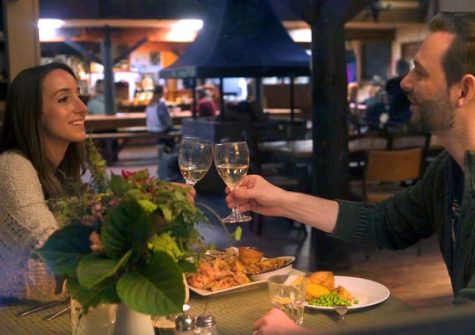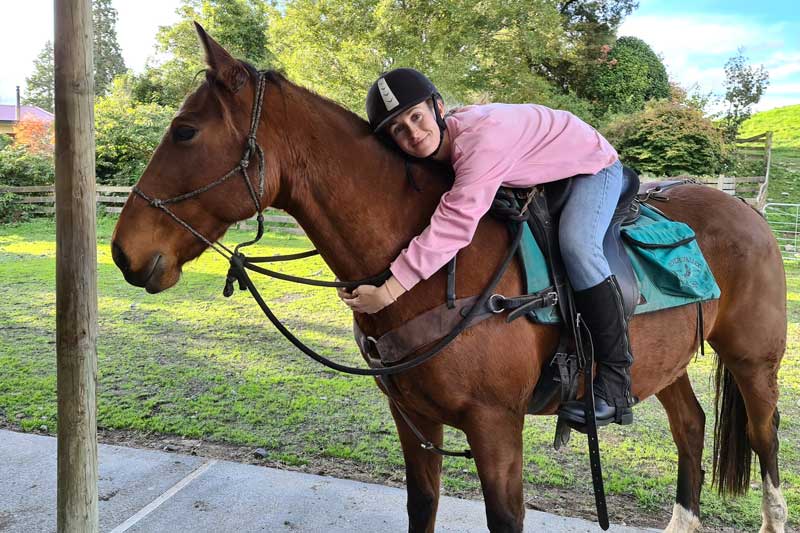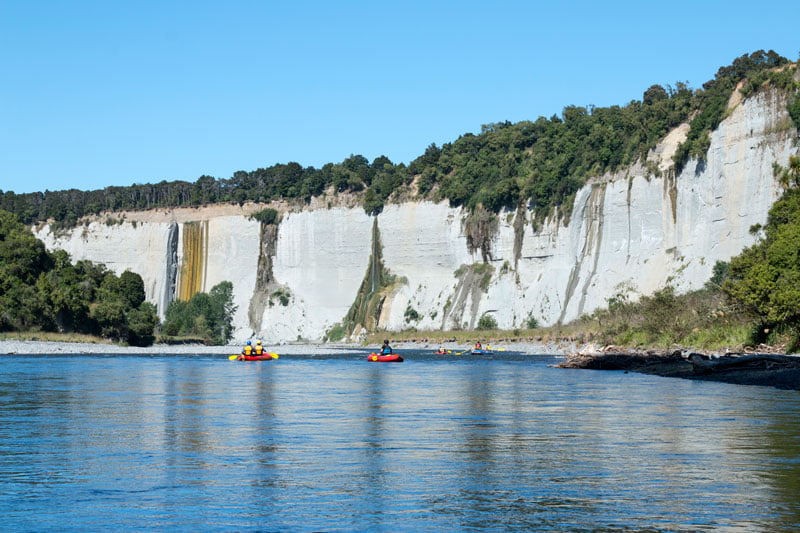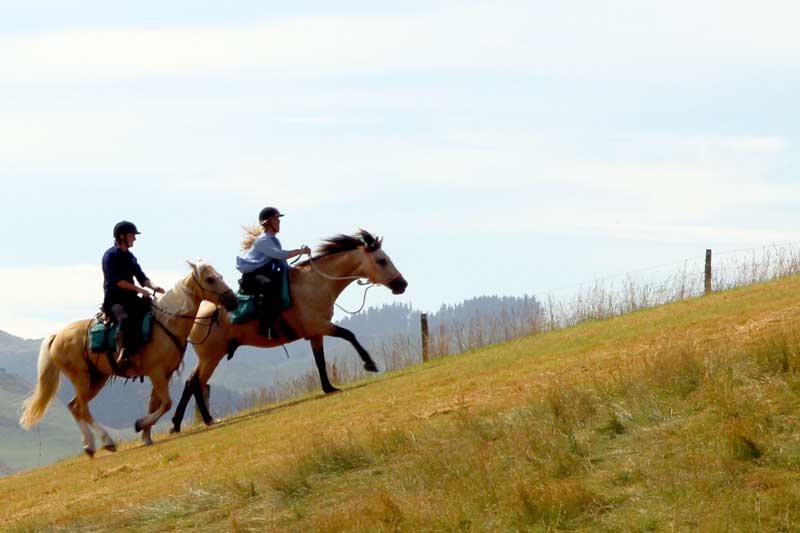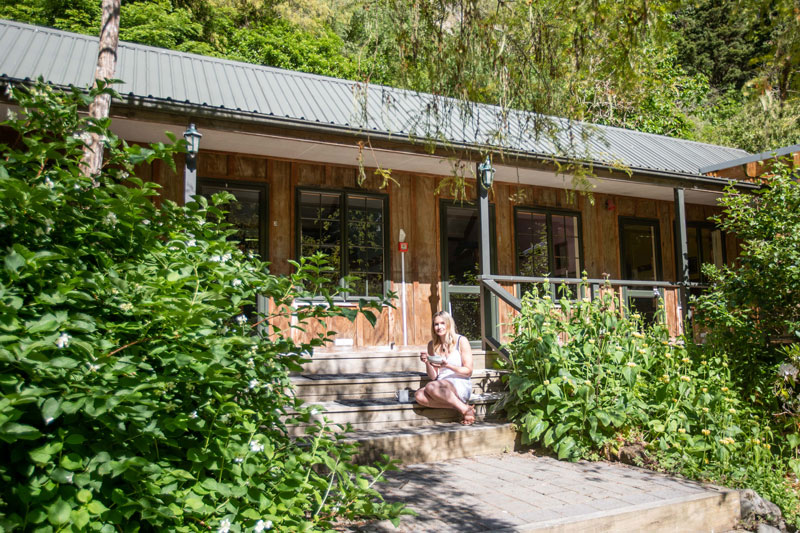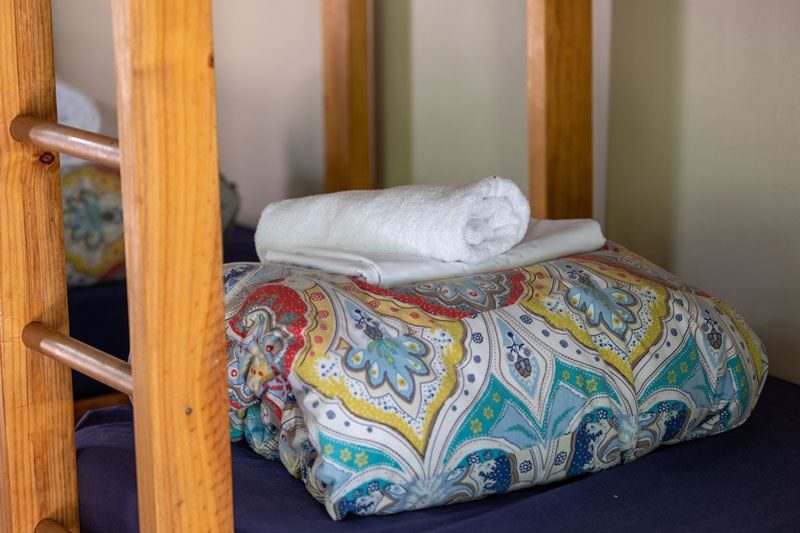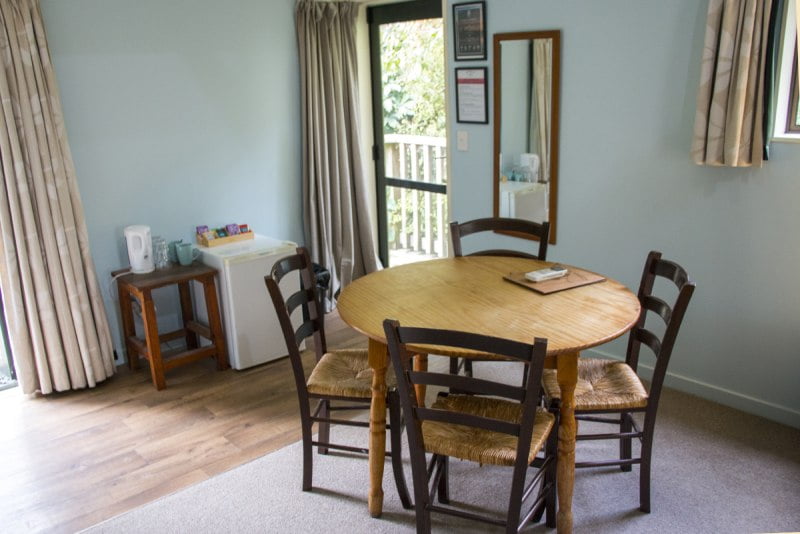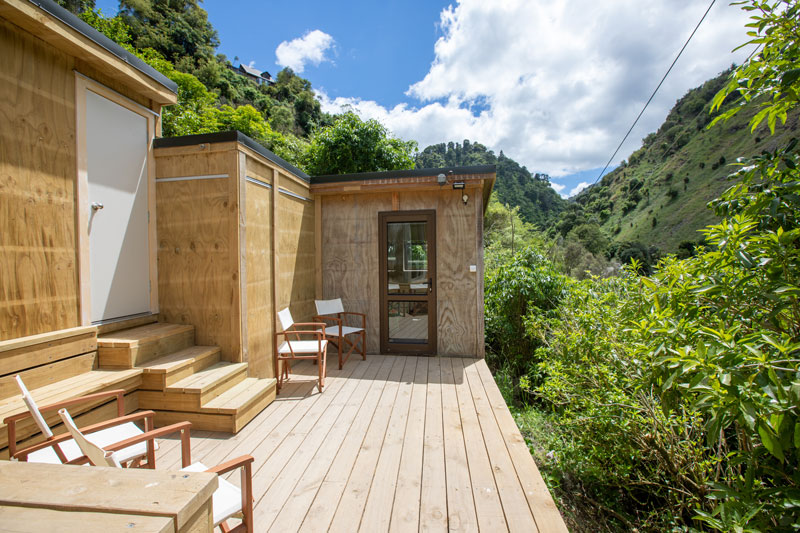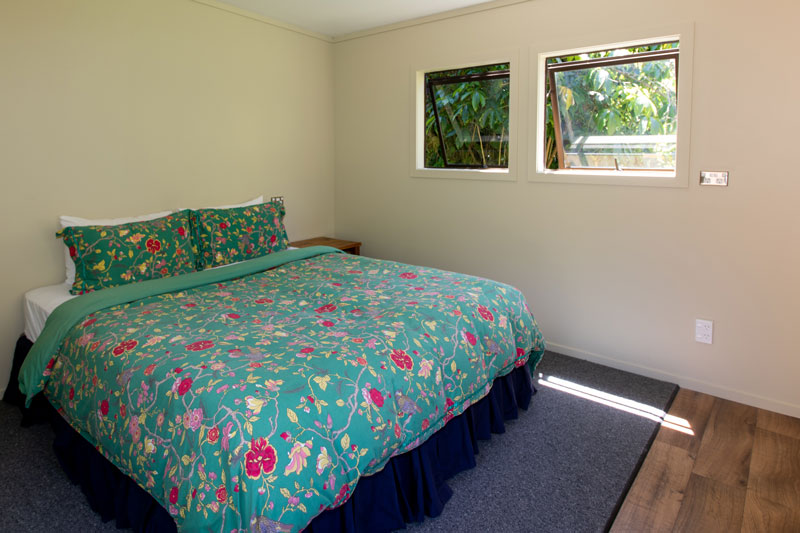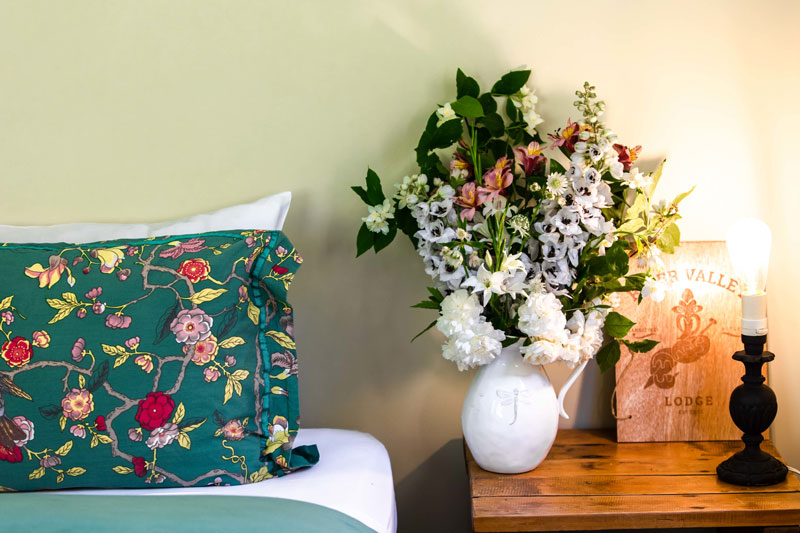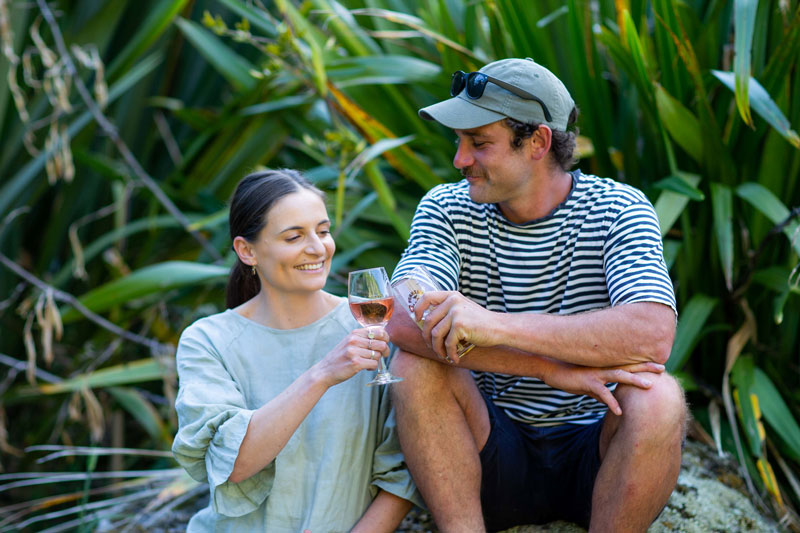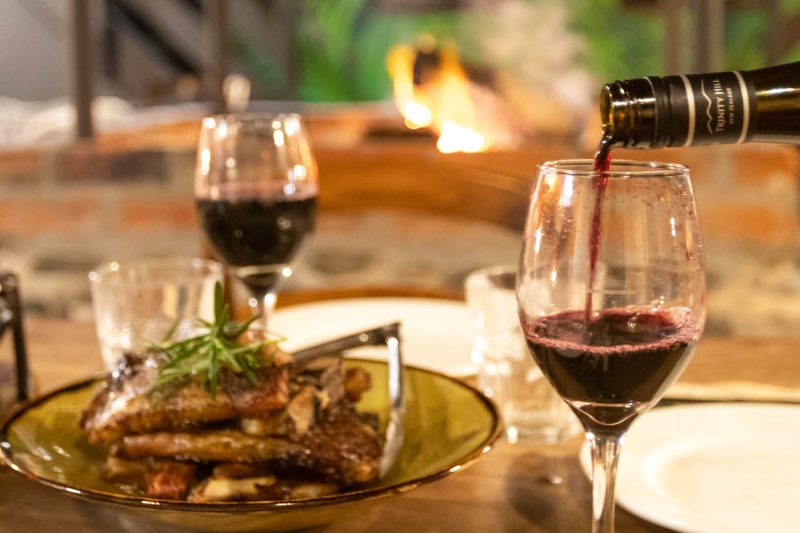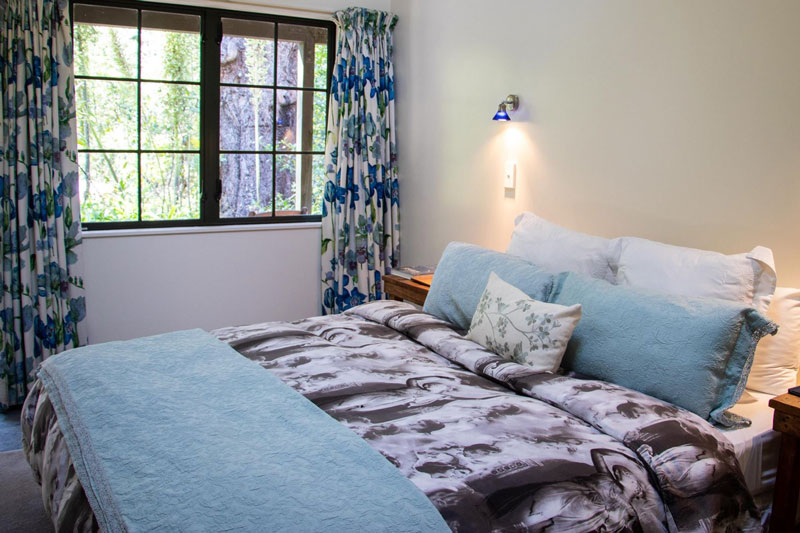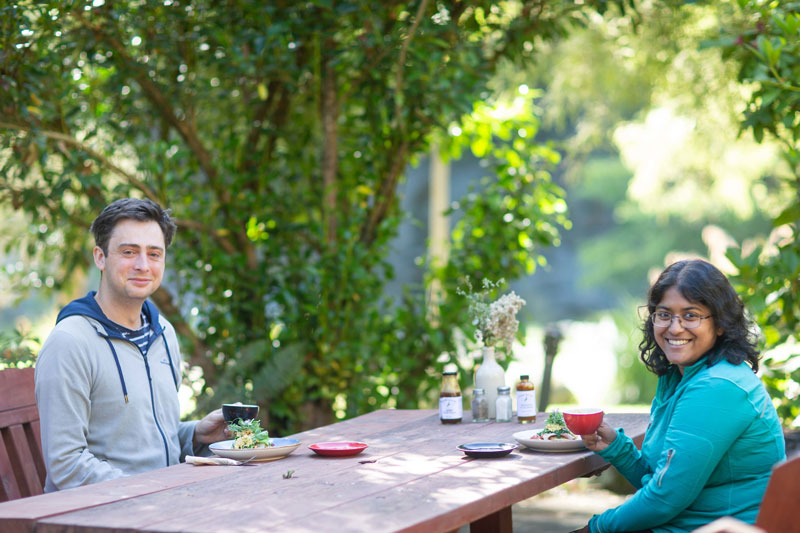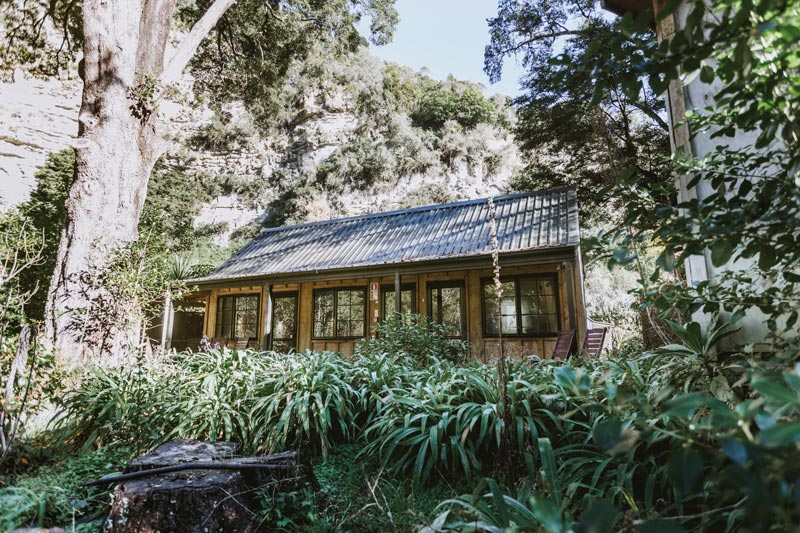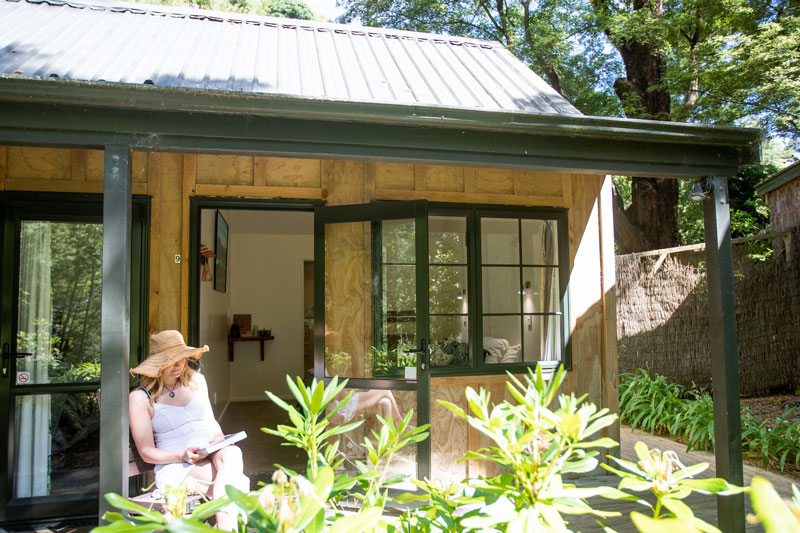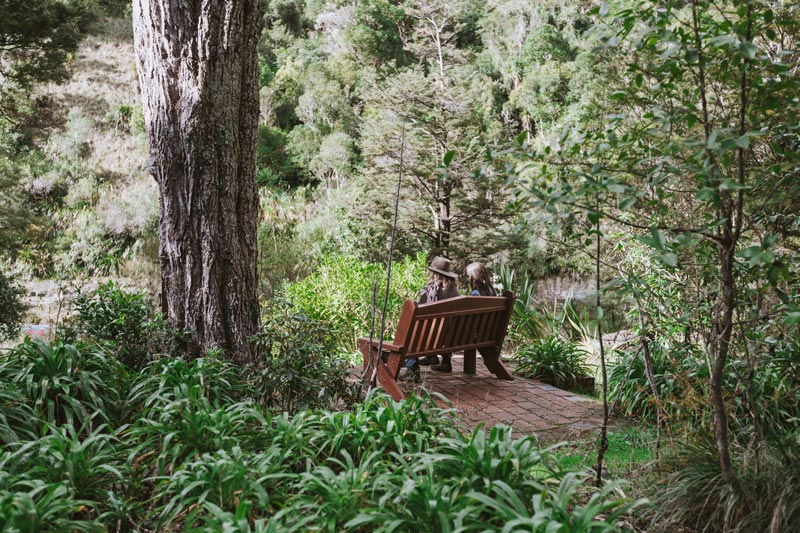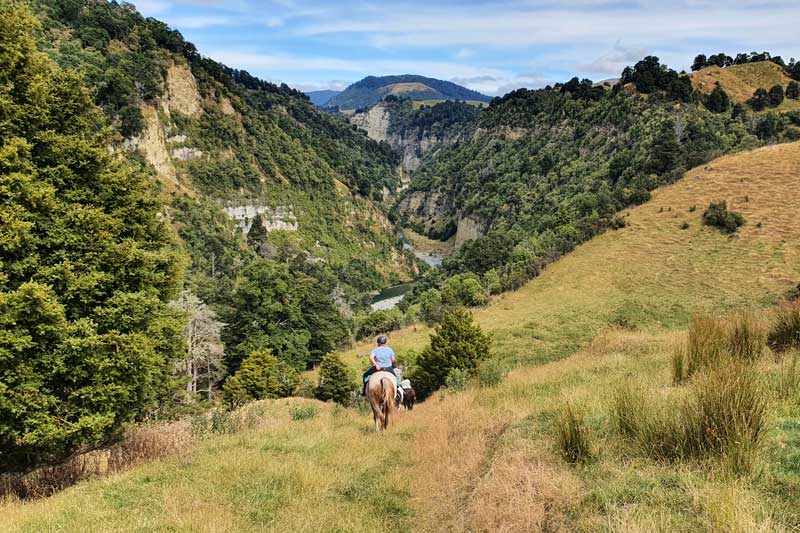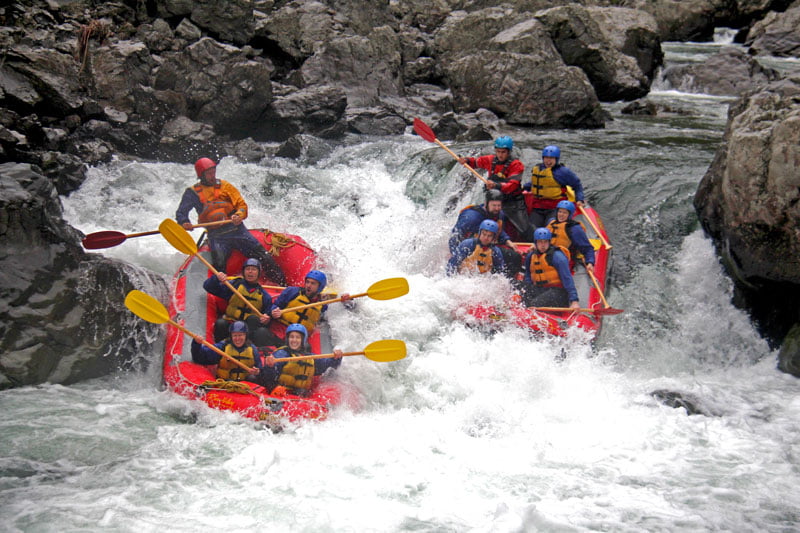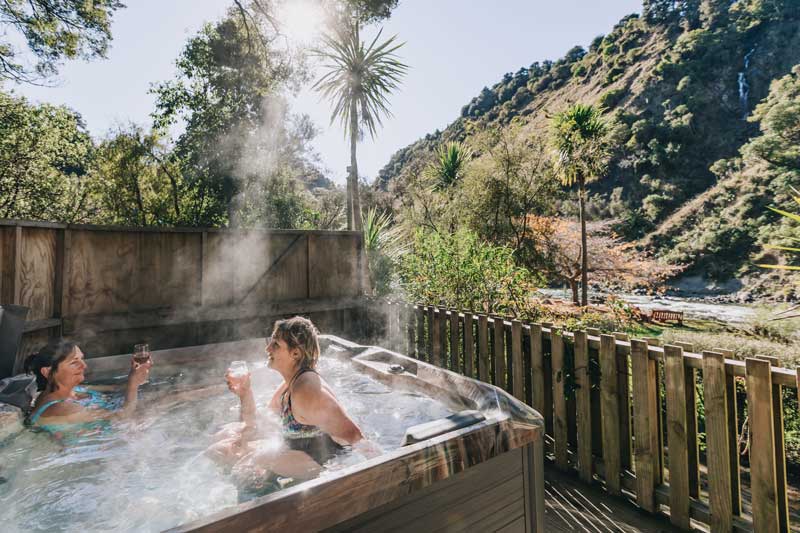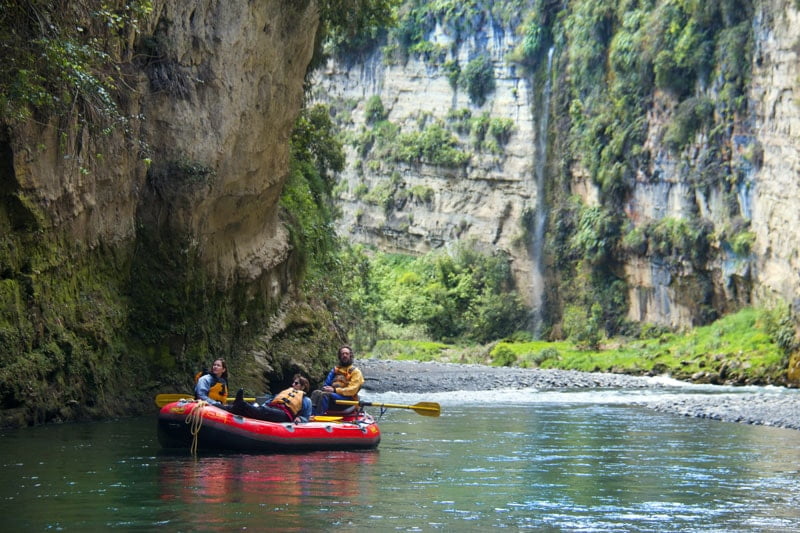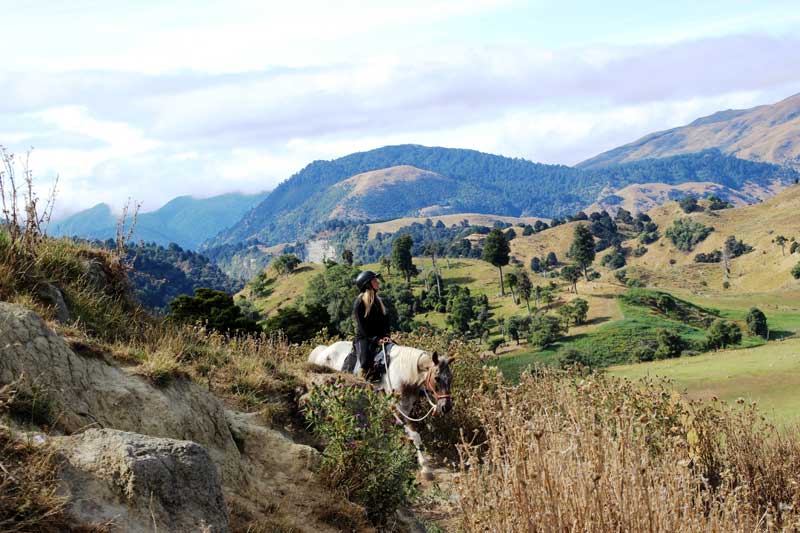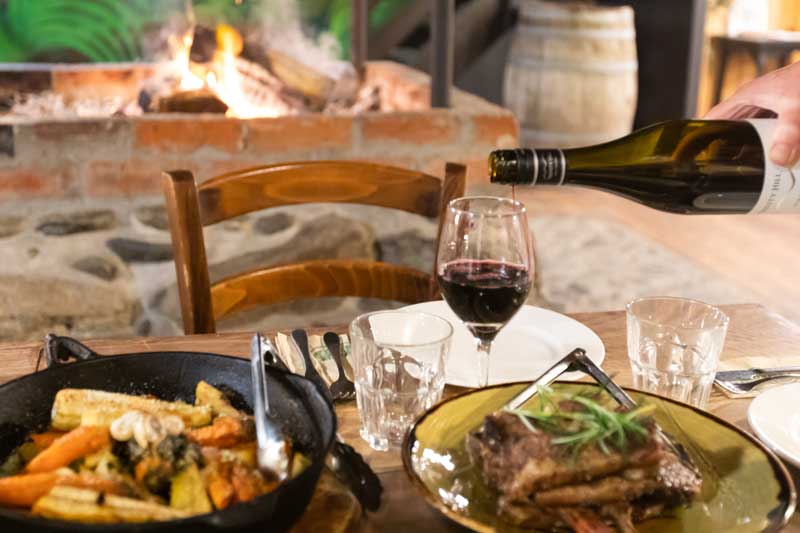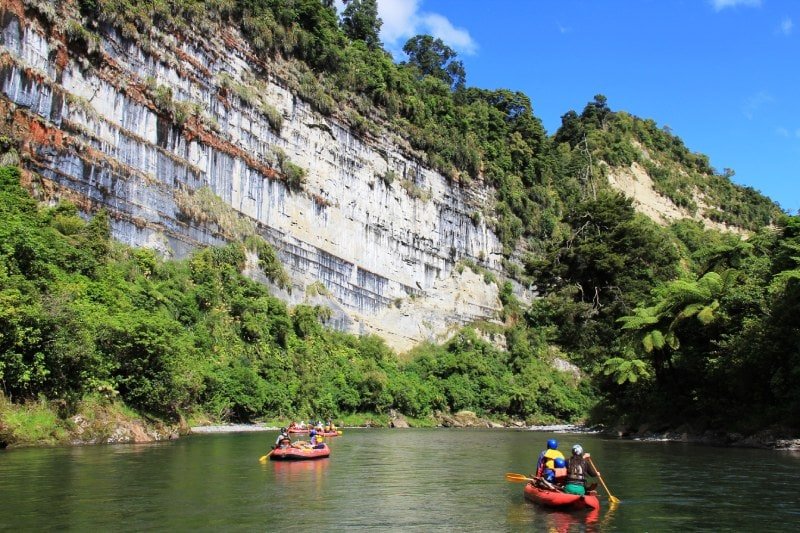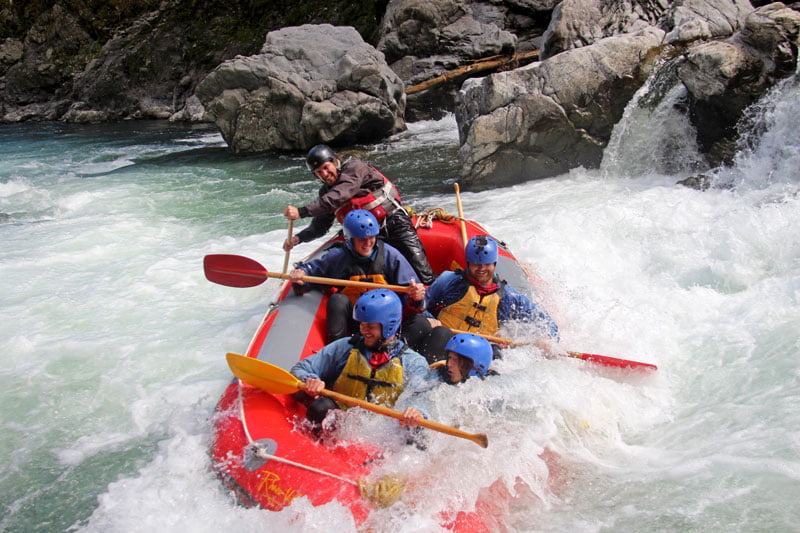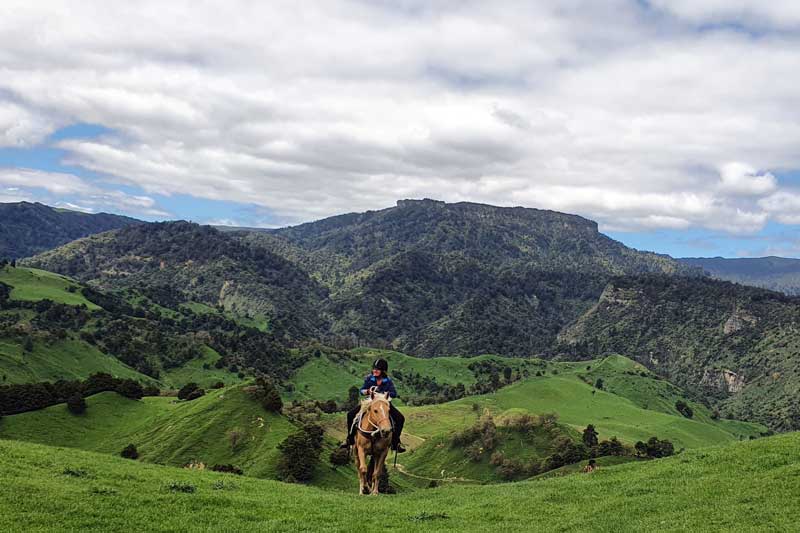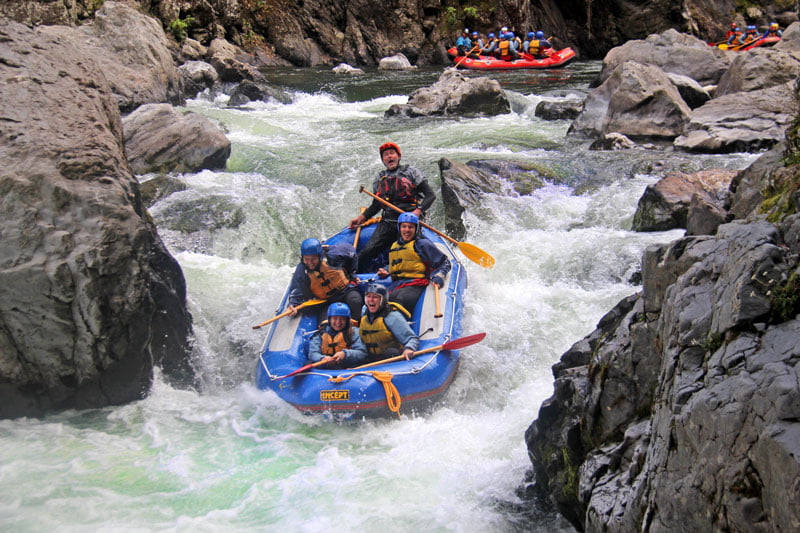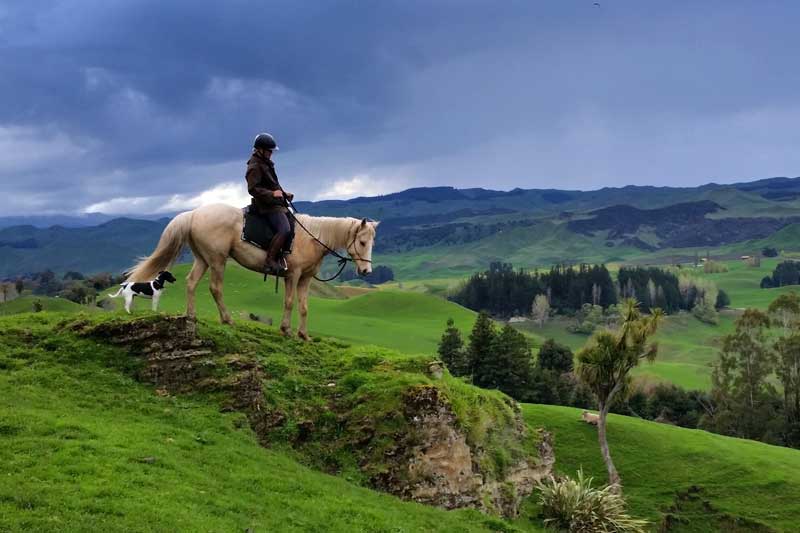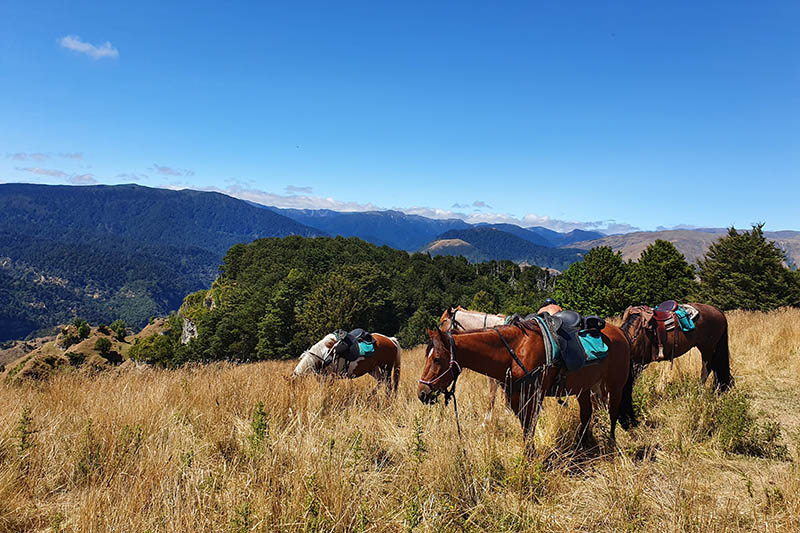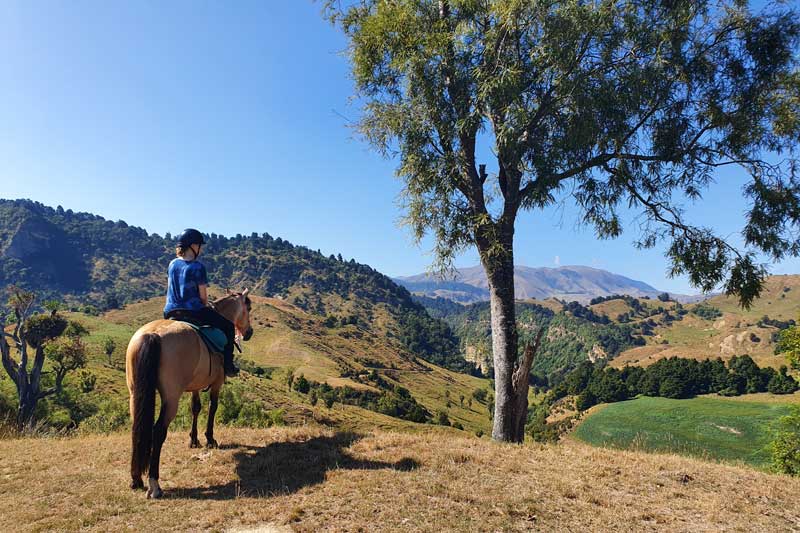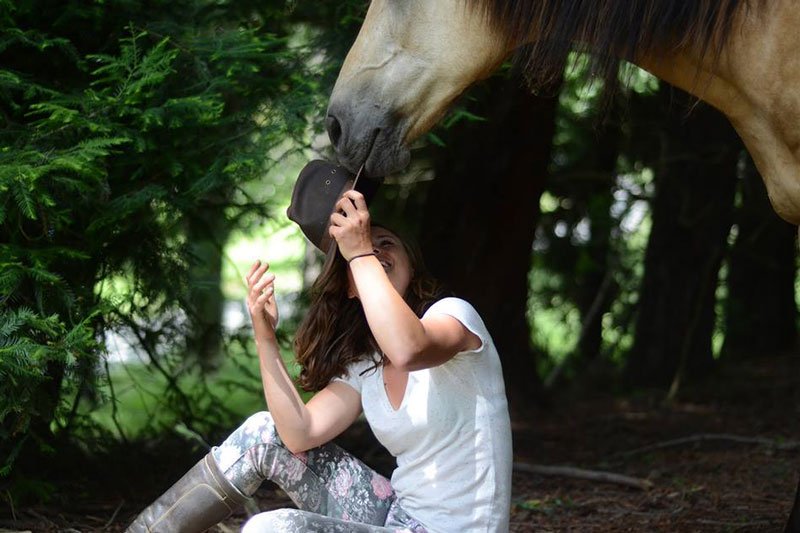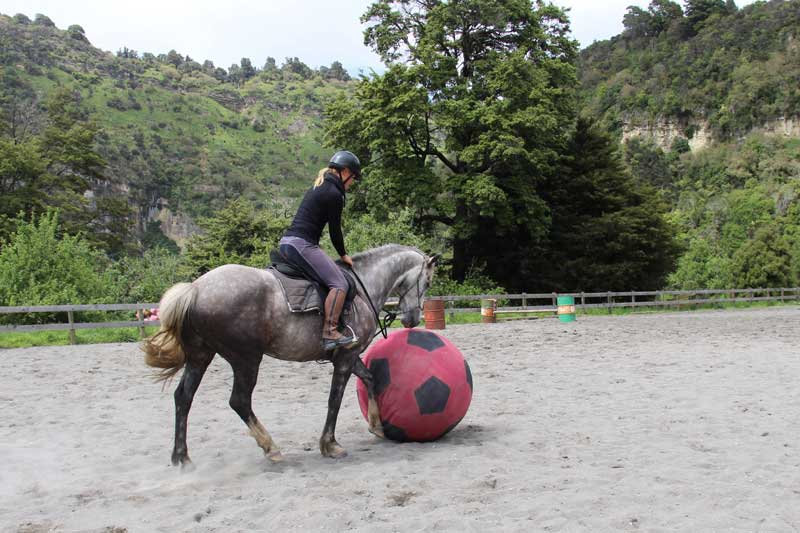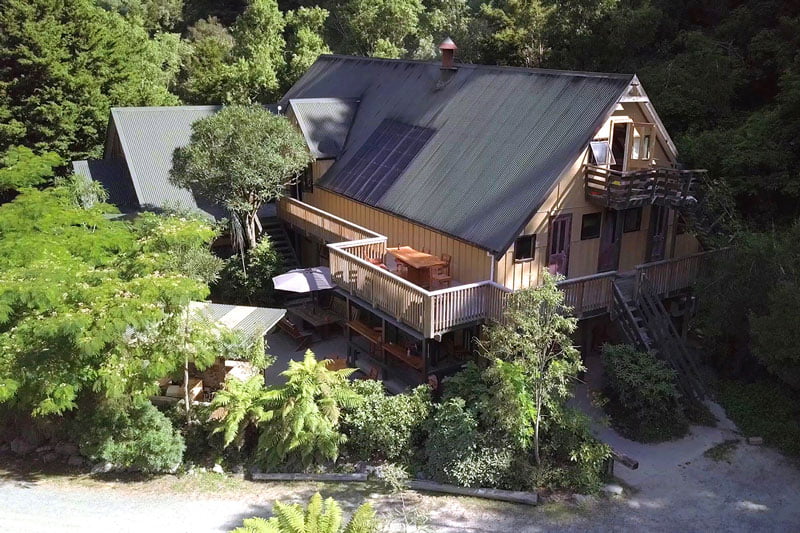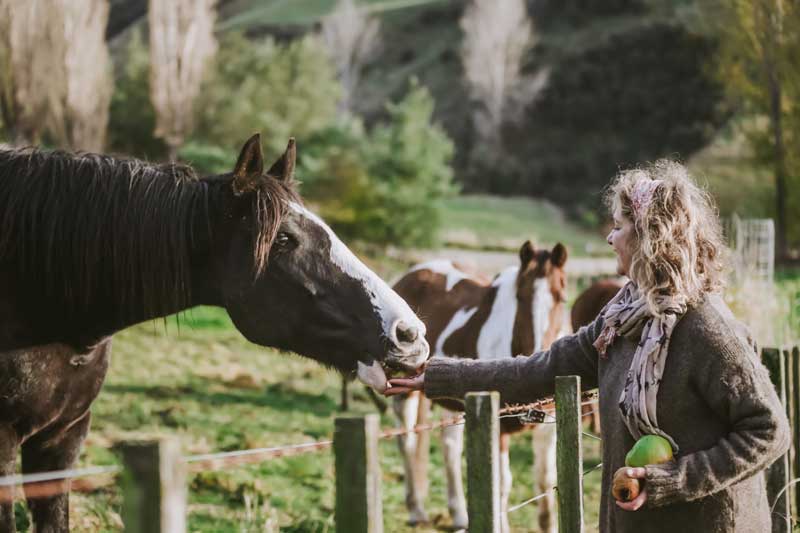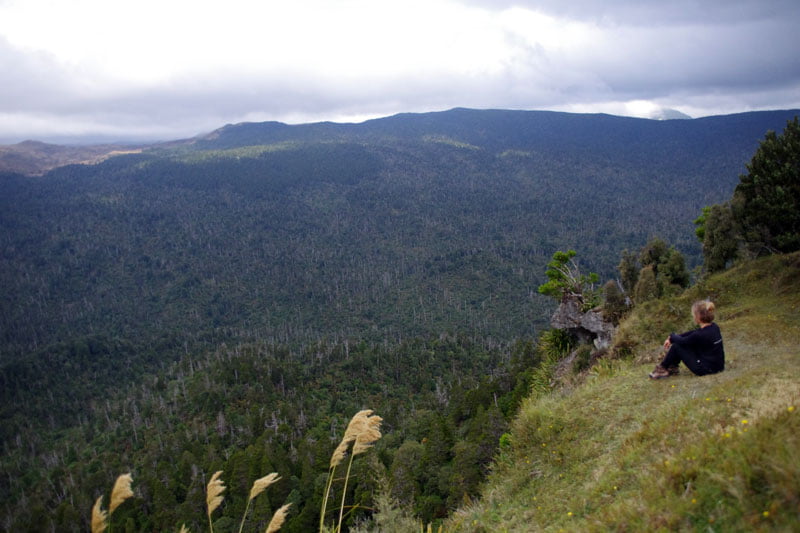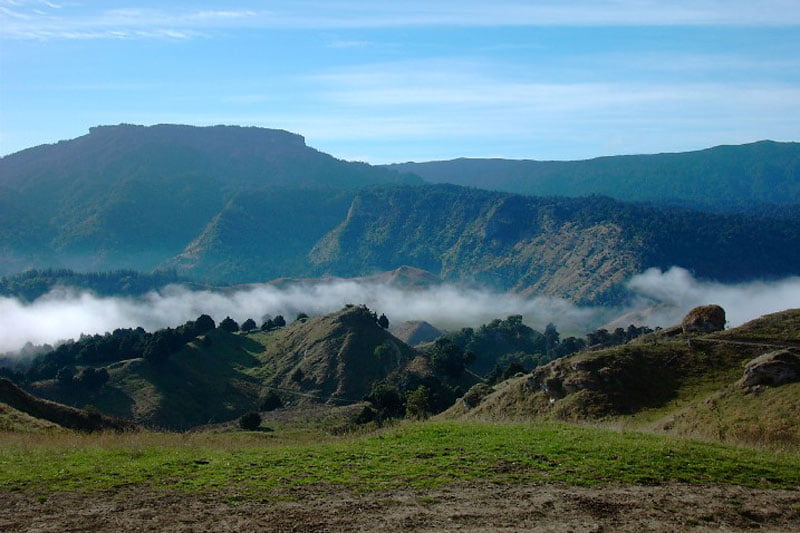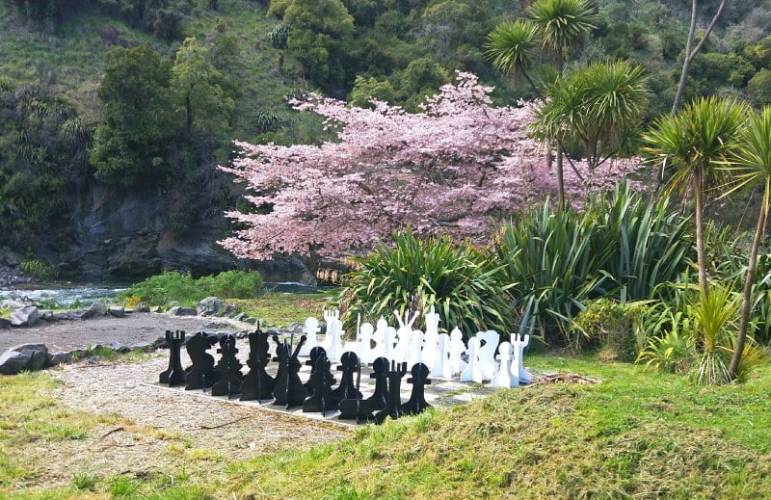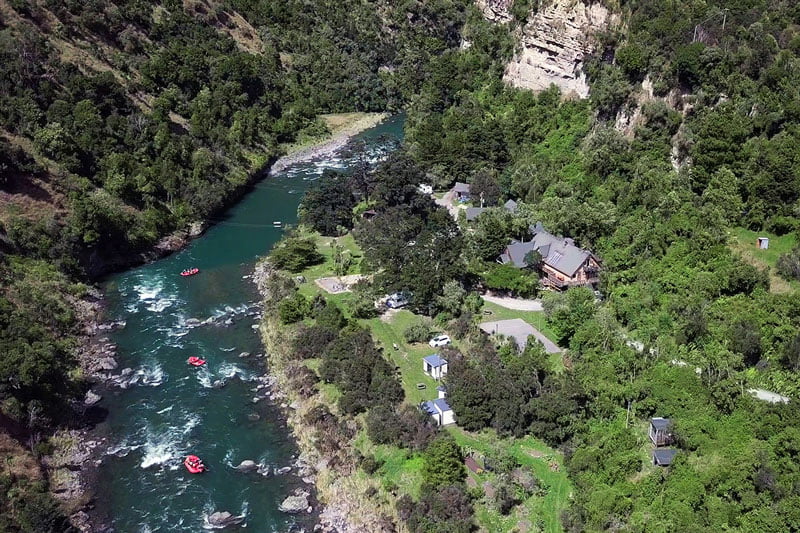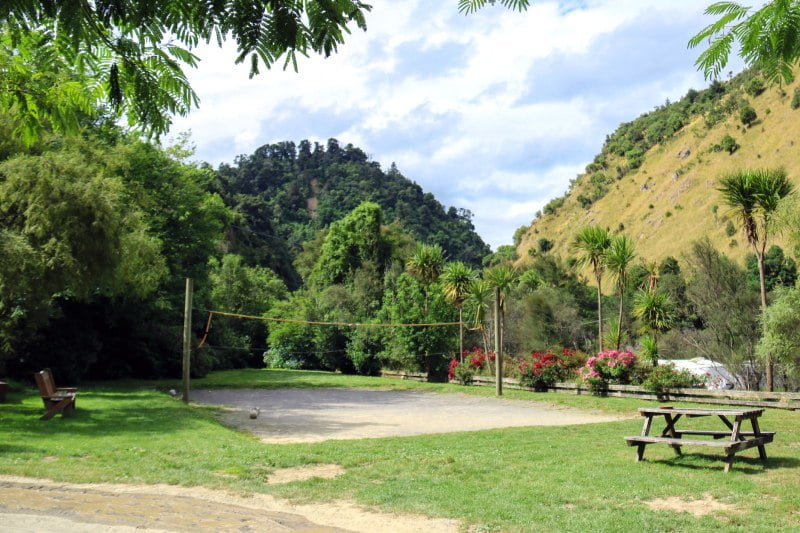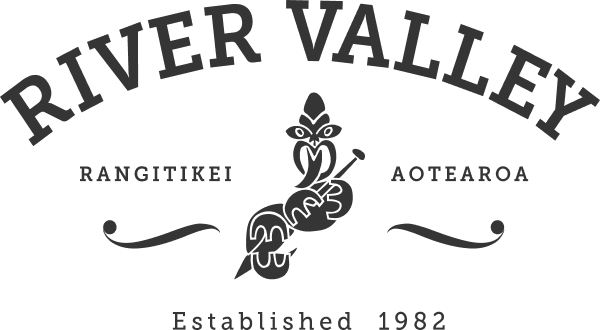Blue Duck Warriors
I have always found it refreshing to spend time with passionate, hard-working people who have come together for a common goal.
Hard-working people coming together in pursuit of a common goal was the situation at River Valley Lodge last weekend, the 29th and 30th August 2020. It was a diverse group comprising volunteers, Department of Conservation staff, local Iwi and staff from Nga Whenua Rahui.
What brought this group of about 30 people together for their annual hui (meeting/ get together) was their commitment to protecting, and growing the population of the rare native Torrent Duck, the Whio or Blue Duck. This group of, primarily, volunteers, called the Ruahine Whio Protectors, are responsible for the maintenance and checking of over 2500 kill traps in the Ruahine Ranges and surrounds.
A unique avian, the Whio, one of only three species of torrent duck in the world, has white water rapids as part of its habitat. A long-lived bird, it is now only found regularly in the backcountry, inhabiting bush lined, fast-flowing, clean, streams.
Unfortunately for Whio, it like so many other New Zealand native bird species is ill-equipped to deal with the challenges to survival that European settlers in particular brought with them. Foremost of these has been habitat destruction through clearance of native forest, and more directly, predation by introduced predators, primarily Stoats.
Stoats, initially introduced in the late 1800s to help control a plague of rabbits (also introduced), soon turned their attention New Zealand’s endemic birds. With the Islands that make up this country having been isolated from other landmasses for so long, evolution went in different directions than elsewhere.
The effects of this isolation on these birds made them incredibly vulnerable to invaders. Many were long-lived, bred slowly, often had lost the power of flight, and to cap, all these disadvantages did not recognise Stoats as a predator. They were literally sitting ducks. This result of this has been one of the highest extinction rates of endemic fauna anywhere in the world.
Like many of New Zealand’s endemic species, numbers of Whio have crashed, with a remnant population of at most 10,000 birds, about one-third of its more famous neighbour, the Kiwi. As mentioned above, the surviving birds now mostly inhabit hard to reach areas of the backcountry, such as found in the rugged Ruahine Ranges.
On any given weekend, especially over the Spring, Summer and early Autumn, the Ruahine Ranges witness this small group of committed people. Primarily, volunteers, they stride through the hills clearing and rebaiting traps and recording those kills in weatherproof notebooks. Every rat or Stoat killed gives our threatened species just a little more hope of successfully breeding this season.
And all that effort is working!
Numbers of Whio are slowly increasing across most drainages. At the same time, there appears to be a “halo” effect happening. This effect is seen in growing numbers of other species that are also benefiting from the removal of predators.
The weekend left me feeling proud of being a part of these efforts.
Like many others present, who also felt this, it was inspiring hearing of the progress being made.
If you would like to support these efforts, then we suggest you visit www.rwp.org.nz. Volunteers who can walk the hills to check traps are always needed. The government or other agencies do not fully fund most of the voluntary effort, so a financial contribution or donation is always appreciated.
Working together, we can make the difference for our threatened species.
Thanks in advance for your help.
Brian Megaw
An awesome turnout for the 2020 hui!

